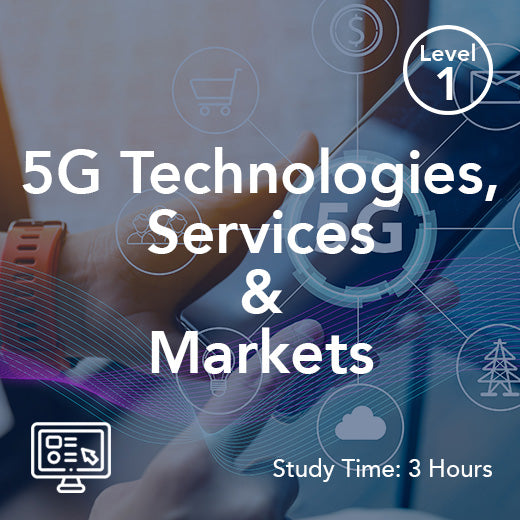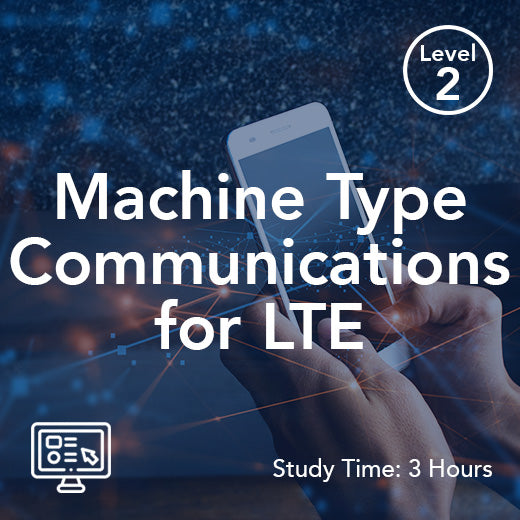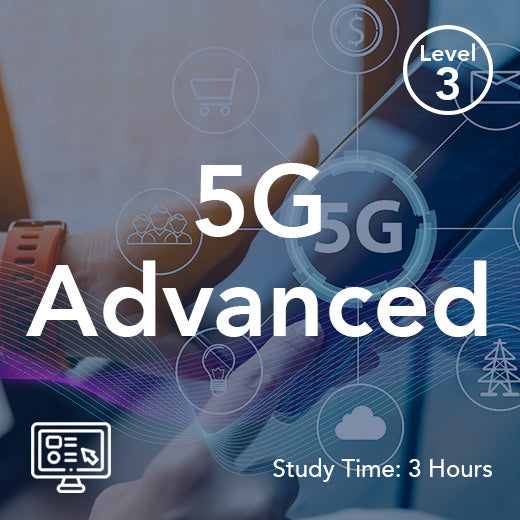Meaning Of 5QI
- , by Stephanie Burrell
- 4 min reading time
The 5QI, or 5G QoS Indicator, is a central concept in modern data networks and plays a fundamental role in managing quality of service (QoS) characteristics in 5G systems. As 5G networks evolve to support an ever-increasing range of applications, from ultra-HD streaming and online gaming to remote medical procedures and industrial automation, ensuring reliable and efficient service delivery has become more critical than ever. This is where 5QI comes into play, acting as a standardized mechanism that assigns a specific set of QoS characteristics to different types of network traffic, ensuring that the network meets the expectations of diverse users and applications.
At its core, 5QI defines how traffic is treated in the QoS flow of a 5G network. A QoS flow is a logical connection that groups together packets with the same QoS characteristics, such as packet delay budget, packet error rate, and priority level. The 5QI provides a set of pre-defined templates that link specific QoS characteristics to traffic types, whether the use case involves mission-critical communication or general web browsing. For instance, real-time applications like remote surgery require a QoS flow with ultra-low packet delay budget and minimal packet error rate, whereas video-on-demand services can tolerate higher latency and packet loss.
There are two broad categories of 5QI: standardized (pre-configured by 3GPP) and non-standardized (defined by the operator). Each standardized 5QI is associated with a well-defined set of QoS characteristics, such as maximum packet delay budget, packet error rate, and whether or not it supports guaranteed bit rate (GBR). These values are hence a static value in many cases, enabling consistent and predictable service levels. For example, a 5QI of 1 is typically assigned to voice traffic due to its strict latency and reliability requirements, while a 5QI of 9 is common for buffered streaming content that is more tolerant to delays.
One of the major benefits of this system is the ability to define a default QoS flow, which every device gets upon establishing a connection with the 5G network. This default QoS flow ensures a baseline level of service for connectivity and is critical for managing initial signaling and basic application data. Additional QoS flows can be added dynamically as needed to support services that require differentiated treatment. For example, a smartphone might have one default QoS flow for system functions and several other QoS flows for apps like video conferencing or gaming.
In practical terms, 5QI allows operators to assign tailored QoS flows to specific services, maintaining performance even in high-traffic scenarios. This is particularly valuable in scenarios involving the same QoS flow being reused across different sessions, optimizing resource usage while maintaining performance levels. Additionally, the packet delay budget associated with each QoS flow ensures timely delivery of packets—essential for latency-sensitive applications like autonomous driving or industrial robotics.
The interaction between QoS service data flows, and 5QI is highly dynamic and intelligent. As users switch between services, the network allocates resources based on the corresponding 5QI, which in turn maps to a specific QoS flow configuration. This granular control helps manage the overall user experience while making efficient use of network capacity. The result is a flexible, scalable system capable of adapting to everything from massive IoT deployments to immersive consumer applications.
To explain 5QI in simple terms: it’s like assigning traffic lanes on a highway. Some lanes (5QI types) are reserved for ambulances and emergency services (critical apps), while others are for regular commuters (standard apps). Each lane has its own speed limits, entry rules, and usage guidelines—equivalent to the various QoS profile characteristics assigned through 5QI. This system ensures that important services always get through without delay or interference.
In the broader context of 5G data networks, the use of 5QI enables network slicing and service-based architecture, which are foundational to delivering customized experiences across sectors like healthcare, smart manufacturing, public safety, and more. As telecom operators build out advanced infrastructure, QoS flows, powered by accurately assigned 5QI values, ensure that performance and reliability remain consistent, even as demand surges.
In summary, the 5QI is not just a technical metric—it’s a strategic tool that empowers telecom operators to deliver a robust, responsive, and optimized 5G experience. Through precise mapping of QoS characteristics, definition of default QoS flows, careful control of packet delay budgets, and smart handling of packet error rates, 5QI ensures that every application, from mission-critical systems to everyday browsing, gets the quality it needs. As we move further into the era of advanced connectivity, the intelligent application of the QoS rules, flows driven by 5QI will continue to define how successfully 5G can meet its promise.























